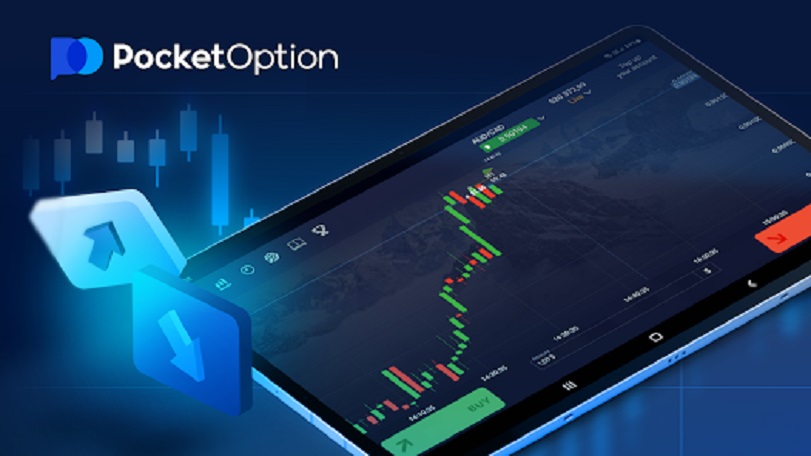Understanding Fees Pocket Option A Comprehensive Guide to Trading Costs

Understanding Fees Pocket Option
When trading on platforms like Pocket Option, it is essential to understand the various fees involved in the trading process. This awareness can significantly affect your profitability and overall trading experience. In this article, we will delve into the different kinds of Fees Pocket Option fees Pocket Option charges, how they compare to other platforms, and tips on minimizing your trading costs.
What Is Pocket Option?
Pocket Option is an online trading platform that offers a variety of financial instruments, including binary options. Its user-friendly interface and various trading tools have made it popular among both novice and experienced traders. However, as with any trading platform, understanding the fee structure is crucial for maximizing your returns.
Types of Fees at Pocket Option
At Pocket Option, traders can encounter multiple types of fees, including but not limited to deposit fees, withdrawal fees, and trading fees. Here is a closer look at each of these components:
1. Deposit Fees
One of the significant advantages of Pocket Option is that it does not charge deposit fees for most payment methods. Users can fund their accounts using various payment options, such as credit cards, electronic wallets, and cryptocurrencies, without incurring additional costs.

2. Withdrawal Fees
While Pocket Option has eliminated deposit fees, there may be charges when funds are withdrawn from the platform. The withdrawal fees can vary based on the payment method chosen:
- Bank Transfer: This method often incurs higher fees and may take several days to process.
- Credit/Debit Card: Withdrawals to cards may also include fees, though these are generally moderate.
- E-wallets: Using e-wallets like Skrill or Neteller typically offers quicker withdrawals with reduced fees.
3. Trading Fees
When executing trades, traders should be aware of the spread, which is the difference between the buying and selling price of an asset. Pocket Option utilizes a variable spread model, meaning that spreads can fluctuate based on market conditions. Although the platform does not charge a traditional commission per trade, the spread effectively acts as a cost to traders that must be considered.
4. Inactivity Fees
Some trading platforms impose inactivity fees, charging users if their accounts sit dormant for extended periods. Pocket Option currently has a user-friendly policy regarding inactivity, but it is always wise to check the latest terms and conditions to avoid any surprises.
Comparing Pocket Option Fees to Other Platforms

Comparing Pocket Option’s fee structure to that of other trading platforms highlights its competitive edge. While many brokers impose various fees, including minimum deposit amounts, commission fees, and high withdrawal fees, Pocket Option aims to keep costs low for its users.
For example, platforms that charge a commission per trade can eat into profits, especially for high-frequency traders. In contrast, Pocket Option’s approach of offering a no-commission structure with variable spreads makes it an appealing choice for many traders.
How to Minimize Trading Fees
Reducing trading costs can significantly enhance profitability. Here are several strategies for minimizing fees on Pocket Option:
- Choose the Right Payment Method: Opt for e-wallets when withdrawing funds, as they typically incur fewer fees and process withdrawals faster.
- Monitor Market Conditions: Being aware of market volatility can help in placing trades with favorable spreads.
- Regularly Trade: While inactivity fees are not a prominent issue on Pocket Option, maintaining an active trading pattern can ensure you utilize your account effectively.
Conclusion
Understanding the fee structure of Pocket Option is vital for optimizing your trading experience. By being aware of deposit, withdrawal, and trading fees, traders can make informed decisions that align with their financial goals. While Pocket Option offers competitive fees compared to other platforms, it is always prudent to weigh the costs against your trading strategies. By adopting best practices for minimizing fees, traders can maximize their potential returns and enhance their overall trading experience.
: pocketoption-1.com | Tags:
Vous pouvez suivre les prochains commentaires à cet article grâce au flux RSS 2.0

 Service commercial : 01 80 88 43 02
Service commercial : 01 80 88 43 02
Répondre
Désolé vous devez être connecté pour publier un commentaire.